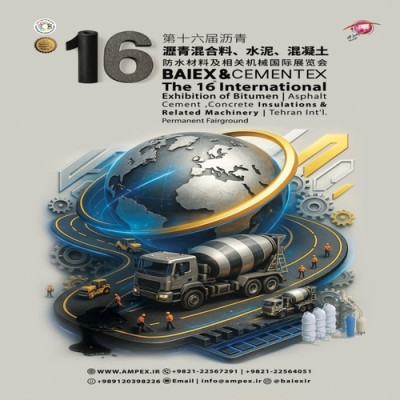Strong global demand for petroleum, especially from China, along with reports of declining petroleum inventories around the world, may mean that petroleum prices could climb to $100 before the end of 2023.
OPEC produced less petroleum last month due to Saudi Arabia’s voluntary production cuts and a temporary disruption in petroleum loading at Nigeria’s Forcados terminal due to the risk of a spill. The figure varies by source, but a Reuters poll showed the group produced 840,000 barrels per day less petroleum in July than in June, with no signal that it will revise its output cuts.
The results are already visible. The price of petroleum has increased and is going even higher, so that the price of Brent oil reached above 85 dollars per barrel at the beginning of this week, and the West Texas Intermediate petroleum rose to 82 dollars per barrel. Now the question is, to what level will petroleum prices reach before OPEC begins to ease supply restrictions? Another question is whether, if necessary, OPEC will be able to increase its production quickly?
Analysts had previously said that Saudi Arabia needs petroleum at $90 per barrel to advance its ambitious plans, which form the Vision 2030 diversification plan. However, if prices rise too high, it will hurt demand and have a boomerang effect that neither the Saudis nor other OPEC members want to experience.
At the same time, this may be the beginning of an upward trend in petroleum prices, because while Saudi Arabia has deliberately cut production, Nigeria and Angola have failed to meet OPEC quotas, and Libyan production has been disrupted again. At the same time, production growth in the US shale oil regions has slowed.
If all the predictions of demand growth that have been instrumental in the recent upward trend in prices come true, this means that petroleum could climb back to $100 before the end of the year. This perspective has become acceptable especially after the reports about the reduction of petroleum reserves in some parts of the world.
JPMorgan Bank analysts announced this week that previously, the level of global petroleum and fuel reserves did not have much impact on international petroleum prices, but the situation has now changed due to Western sanctions against Russia, as petroleum and fuel are bought and sold mostly in currencies other than US dollars.
Due to currency diversity, the actual physical supply of traded goods has become important as a factor affecting their prices, and demand has now returned to the attention of traders.
Both OPEC and the International Energy Agency have estimated the annual growth rate of petroleum demand in 2023 to exceed two million barrels per day. OPEC and the International Energy Agency have forecast demand growth of 2.4 and 2.2 million barrels per day, respectively. However, the agency has warned that petroleum demand growth will slow significantly in the medium term.
China’s latest import and reserves statistics confirm the country’s strong demand for petroleum, as almost everyone considers this country to be the biggest driver of demand for petroleum in the world. China’s imports are near recent record highs, and petroleum in the country’s reservoirs is rising rapidly. This situation gives China leverage to influence prices if they rise too much. Analysts say that as soon as Beijing becomes unhappy with prices, it will start selling crude oil from its reserves, essentially similar to President Joe Biden’s withdrawal from US strategic petroleum reserves last year.
It will all depend on how long Saudi Arabia is willing to continue voluntarily cutting production. According to the latest GDP figures, the country’s economy slowed in the second quarter as petroleum prices fell. Now that prices are improving, the Saudi economy is likely to improve as well, giving Riyadh a good reason to continue curbing petroleum production.
Meanwhile, data compiled by Bloomberg indicates a record of drilling for petroleum extraction in Russia. The number of new productive wells drilled in the first half of the year was 6.6% more than planned and 8.6% more than the amount drilled in the first half of 2022.
That means potential excess supply could help lower prices, just as the record of Russian petroleum exports to China earlier this year helped moderate prices, according to Oil Price. However, since Russia and Saudi Arabia are in the same camp, this supply will remain potential until the two main OPEC+ leaders see fit.



















